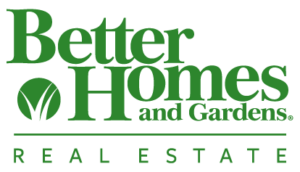There has been a shift in branding strategies in our industry over the last 12-24 months. Clever real estate professionals have finally figured out that the traditional branding approaches our industry has been using don’t apply in today’s market place, and have developed more customer friendly strategies.
So what’s the difference between traditional branding and lifestyle branding as it relates to real estate?
Traditional real estate branding focused on the agent and the transaction. We’ve all seen the billboards and bus benches claiming “I’m #1, I’m honest and trustworthy and I turn for sale into sold.” This focus on ego and status has little appeal to today’s buyers and sellers who are faced with making often challenging financial decisions amidst a real estate market that is less than optimal. Today’s real estate consumers don’t care how great you say you are. The days of top down marketing are over.
The impact of the last 8 years on consumer behavior cannot be underestimated. Today’s consumer is different at every income and social level. The recession, the financial market, the housing crisis, Gen X, Gen Y, and social media are just a few of the factors that have changed how we make buying decisions and how we interact with real estate professionals.
Today’s branding needs a different focus to connect with the new consumer. Enter lifestyle branding strategies. Lifestyle branding approaches building engagement with consumers around specific attributes of lifestyle. In real estate, the most dominant lifestyle attribute is neighborhood. The neighborhood you choose to live in shapes your lifestyle more than any other factor.
Most buyers today feel comfortable they can find a house to buy. There’s lots of inventory to choose from in most markets across the country. Where things get uneasy is what’s the right neighborhood to buy in? This has extended beyond the obvious features like schools, shopping and daycare. Today, buyers want analytics on the neighborhood. They want to know if the average house price has been appreciating or depreciating. How many REO’s are in the area? What’s the absorption rate? They also want to know how it would feel to live in the area. Where are the good restaurants? What community events happen?
As our industry has been watching this change in consumer behavior, we’ve seen some great examples of how real estate professionals have shifted their branding to connect with the new consumer around neighborhood.
Facebook and blogs have been leading the charge as tools agents are using to build their lifestyle brands. We see many agents focusing their blogs on the neighborhoods they service. They blog about what’s happening in the area, interesting landmarks, market stats, human interest, schools and all kinds of lifestyle related topics. On Facebook, we’ve seen an explosion of pages around the idea of “365 things to do in ….” Just do a Facebook search on “365 things” and you’ll be blown away by the results.
Agents who have made the shift from traditional to lifestyle are reaping the rewards. This branding strategy is not a fad. It is here to stay.








